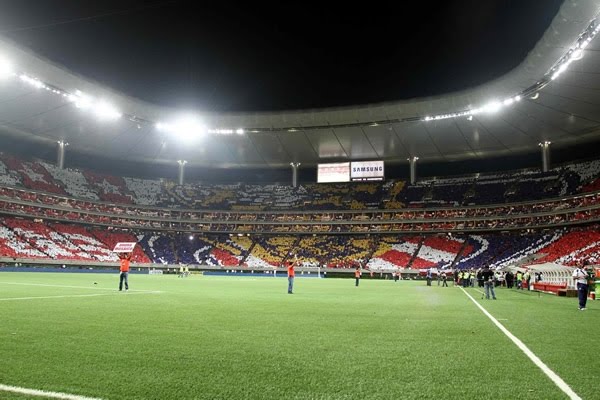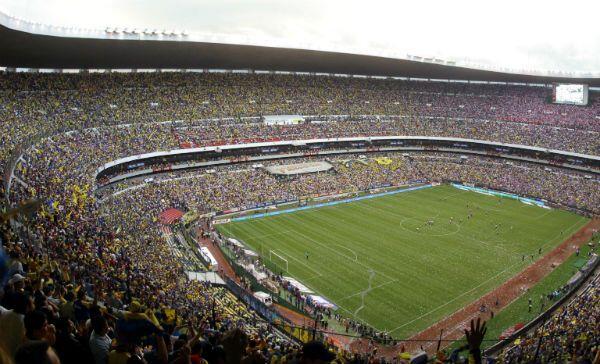Last update 14 January, 2019 por Alberto Llopis
You know what the biggest stadiums in Mexico are? In Hanged for football, We've talked about the biggest stadiums in Argentina, from Spain and Colombia. This time fix our gaze on the Mexican country, a place where football is seen and lived from another perspective. A country that has hosted twice a World Cup football, in 1970 y 1986 and it has football temples with history. As always you have.
1-Estadio Azteca (American and Mexican national team, Mexico City, 105.064 spectators)
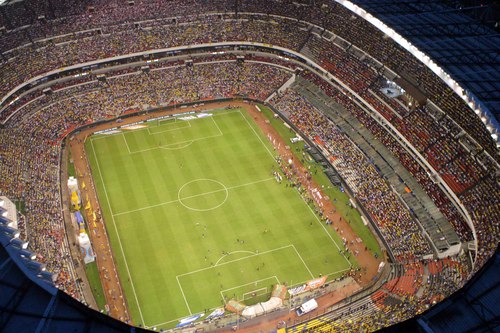
2-Olympic University Stadium (Pumas, Mexico City, 68.954 spectators)
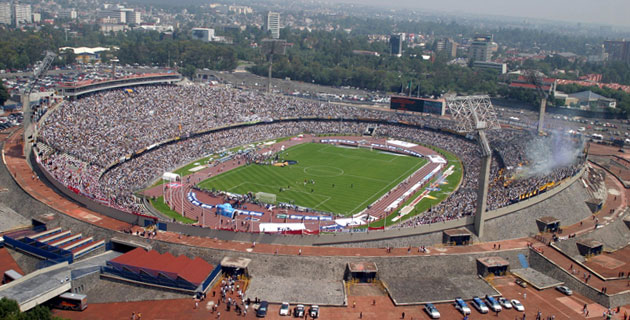
3-Jalisco stadium (Atlas and Leones Negros, Guadalajara, 63.163 spectators)
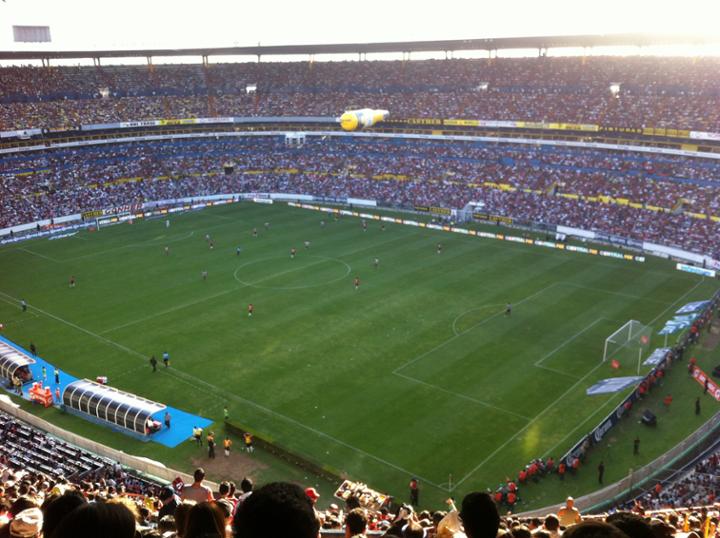
4-BBVA Bancomer (Monterrey, Monterrey, 51.000 spectators)
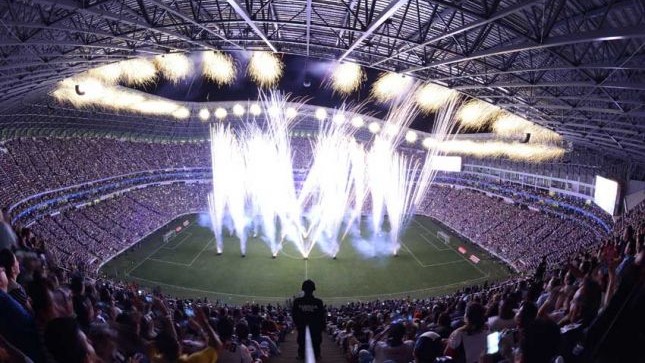
5-Omnilife stadium (Chivas, Guadalajara, 49.850 spectators)
